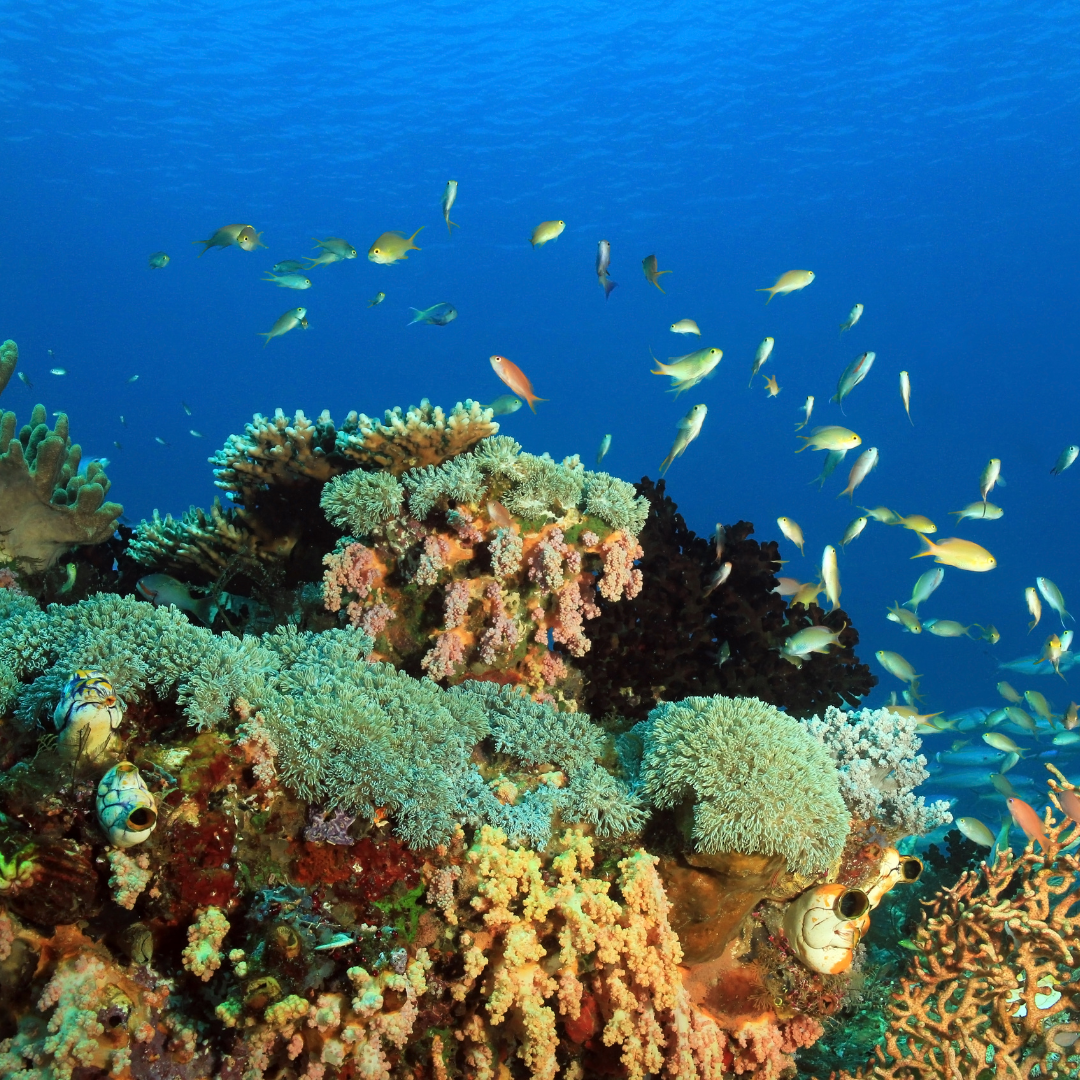Raja Ampat Adventures: Diving into the Heart of the Coral Triangle and its Biodiversity

Beneath the calm, azure waters of Raja Ampat, an intricate tapestry of marine life unfolds. Often referred to as the “Last Paradise on Earth”, this remote archipelago in West Papua, Indonesia, is not just a diver’s dream, but a nexus of biodiversity. Nestled in the heart of the Coral Triangle, Raja Ampat boasts some of the richest marine ecosystems on the planet. As we plunge beneath its waters and traverse its islands, we embark on a journey of discovery, marvelling at the vibrancy of nature, the age-old traditions, and the pressing importance of conservation in this pristine corner of the world.
Raja Ampat: The Epicenter of Marine Diversity
Boasting over 75% of all known coral species, Raja Ampat is often termed as the ‘underwater Amazon’. Its waters are teeming with over 1,500 species of fish, diverse marine mammals, and countless invertebrates. The reason for such abundant diversity is its location at the intersection of the Indian and Pacific Oceans, creating a unique confluence of marine life. From the tiniest pygmy seahorses to the majestic whale sharks, the array of creatures that call these waters home is staggering, offering unparalleled underwater spectacles for divers and marine enthusiasts.
Dive Sites Not to Miss: Manta Sandy, Cape Kri, and More
With over 200 dive sites, choosing can be overwhelming, but some stand out for their exceptional beauty and marine encounters. Manta Sandy, true to its name, is a cleaning station for manta rays, where divers can witness these graceful giants up close. Cape Kri holds the record for the highest number of fish species recorded in a single dive, making it a riot of colors and activity. The Blue Magic offers encounters with schooling jackfish, tunas, and even the occasional black tip reef shark. Each dive site, with its unique topography and resident marine life, promises unforgettable underwater adventures.
Birdwatching: The Exquisite Birds of Paradise
Beyond its underwater marvels, Raja Ampat’s terrestrial biodiversity is equally captivating. The region is home to several species of the elusive Birds of Paradise. With their vibrant plumage and intricate mating dances, they are a sight to behold. Early morning expeditions into the dense forests, led by local guides, offer the best chances to witness these avian wonders, making it a must for nature enthusiasts and birdwatchers.
Sustainable Tourism: Respecting and Protecting the Environment
Raja Ampat’s growing popularity comes with the responsibility to protect its fragile ecosystems. Sustainable tourism initiatives focus on minimizing human impact. Eco-resorts utilize renewable energy, water conservation techniques, and waste management systems. Visitors are educated about responsible diving practices, waste disposal, and minimal disturbance to wildlife. By choosing eco-conscious accommodations and operators, tourists play an integral role in preserving Raja Ampat’s pristine nature for future generations.
Misool: A Paradisiacal Corner of Raja Ampat
Located in the southern part of the archipelago, Misool is a tapestry of jagged limestone cliffs, hidden lagoons, and a kaleidoscope of marine life. Home to some of the most vibrant coral reefs, it is a diver’s paradise. Above water, the karst formations, with their hidden caves and freshwater lakes, beckon explorers. Misool also houses eco-resorts that champion conservation initiatives, blending luxury with sustainability.
Traditional Villages: Understanding the Local Way of Life
Beyond its natural splendors, Raja Ampat’s cultural fabric is rich and textured. Visiting traditional villages like Arborek and Sawinggrai offers insights into the indigenous way of life. From intricate handicrafts and traditional boat-making to age-old fishing techniques, the islanders maintain a deep connection with their environment. Participating in community-based tours ensures that the benefits of tourism are channeled back to the local populace.
The Role of Conservation in Raja Ampat’s Future
As threats from overfishing, climate change, and unsustainable tourism loom, conservation is paramount. Marine protected areas have been established, and no-fishing zones implemented. Organizations like the Misool Foundation work tirelessly on marine conservation, community empowerment, and raising awareness. Through collaborative efforts between the government, NGOs, local communities, and tourists, Raja Ampat’s future as a bastion of biodiversity can be secured.
Raja Ampat, with its myriad hues of blue and green, is a testament to nature’s grandeur. It’s a place where every dive reveals new wonders, where forests resonate with birdsong, and where traditions flow as rhythmically as the tides. But beyond its breathtaking beauty lies a narrative of coexistence and conservation. As we sail away from its shores, let’s carry with us not just memories of its splendors, but also a commitment to safeguard such paradises on Earth. For in protecting Raja Ampat, we ensure that the heart of the Coral Triangle continues to beat vibrantly, echoing the symphony of life it nurtures.


